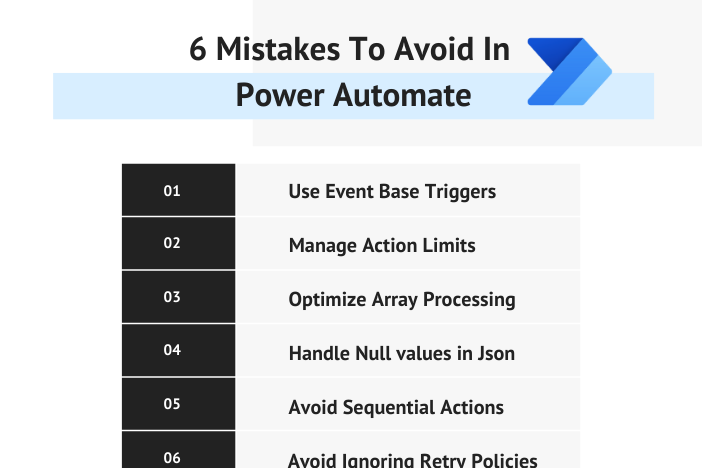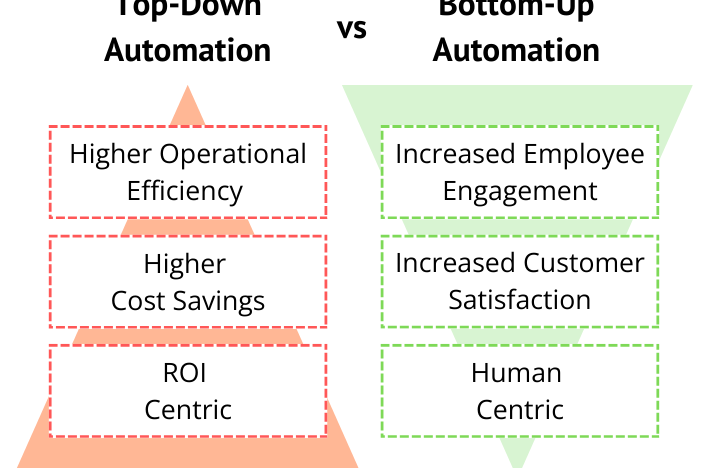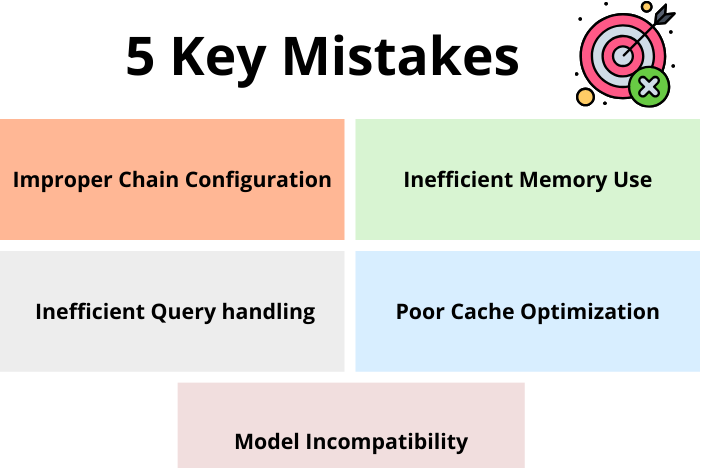In today’s digital era, data is the driving force behind every business decision, but not all data is created equal. Different metrics have their own strengths and weaknesses and can provide diverse insights. Two fundamental types of metrics—quantitative and qualitative—are significant for any business.
In this article, we explore the crucial distinction between quantitative and qualitative metrics. We discover the pivotal difference between hard numbers and language-based insights, and how their fusion enhances decision-making. We learn why product reviews by customers are the perfect example of this blend, offering both the score and the story. We’ll also provide you with tips on how to use these metrics effectively to increase your business’ success.
Quantitative Metrics
Quantitative metrics rely on numerical data that can be measured and analyzed. Such data includes,
- Website traffic
- Click rates
- Subscription numbers
- Sales figures
Quantitative metrics are vital for businesses as they serve as the foundation for data-driven decisions. By tracking the changes in numbers, businesses can learn which strategies are working and which are not.
One of the benefits of quantitative metrics is that they allow you to track progress and set achievable goals. Business owners and marketers should frequently analyze their metrics data to
- Spot trends
- Identify opportunities for improvement, and
- Make data-driven decisions.
By setting specific, measurable, and timely goals, businesses can accurately track progress and hold themselves accountable for achieving targets.
Watch our Chalk Talk video to change the way you analyze data!
Qualitative Metrics
Qualitative metrics, on the other hand, provide data using descriptive language-based insights. These insights can focus on:
- Customer satisfaction
- Sentiment analysis
- How customers use and perceive products
The data collected by qualitative metrics helps to identify how people interact with businesses, how they feel about them, and what issues they face.
Qualitative metrics are crucial because they offer subjective data that cannot be measured in hard numbers. This type of data reflects customer feedback and their experience with your products or services. A business that listens to its customers can find useful insights that will help set them apart from the competition.
Score and Story
Quantitative and qualitative metrics complement each other. They offer distinct insights that, when used together, can help businesses to make well-informed decisions. Product reviews are an excellent example of this. Reviews offer both the score (number of stars) and the story (descriptive language about the experience with the product).
Nowadays, customers don’t buy products without checking reviews. The scores in the reviews give businesses and customers an easy way to compare products, while the stories add context and deliver insight into the customer experience. Businesses that are not aware of customers’ reviews are missing out on vital information that can help improve products.

Conclusion
Quantitative and Qualitative Metrics are fundamental elements of any business. By using them wisely, business owners can make well-informed decisions that lead to better outcomes. With this in mind, it’s important to find a balance between both types of metrics. Metrics give meaning to numbers and help identify the issues that prevent a business from achieving success. By focusing on both the score and the story, businesses can take the necessary steps to improve their products and services, delivering what their customers really want.
Drive Success with Our Tech Expertise
Unlock the potential of your business with our range of tech solutions. From RPA to data analytics and AI/ML services, we offer tailored expertise to drive success. Explore innovation, optimize efficiency, and shape the future of your business. Connect with us today and take the first step towards transformative growth.
You might also like
Stay ahead in tech with Sunflower Lab’s curated blogs, sorted by technology type. From AI to Digital Products, explore cutting-edge developments in our insightful, categorized collection. Dive in and stay informed about the ever-evolving digital landscape with Sunflower Lab.









